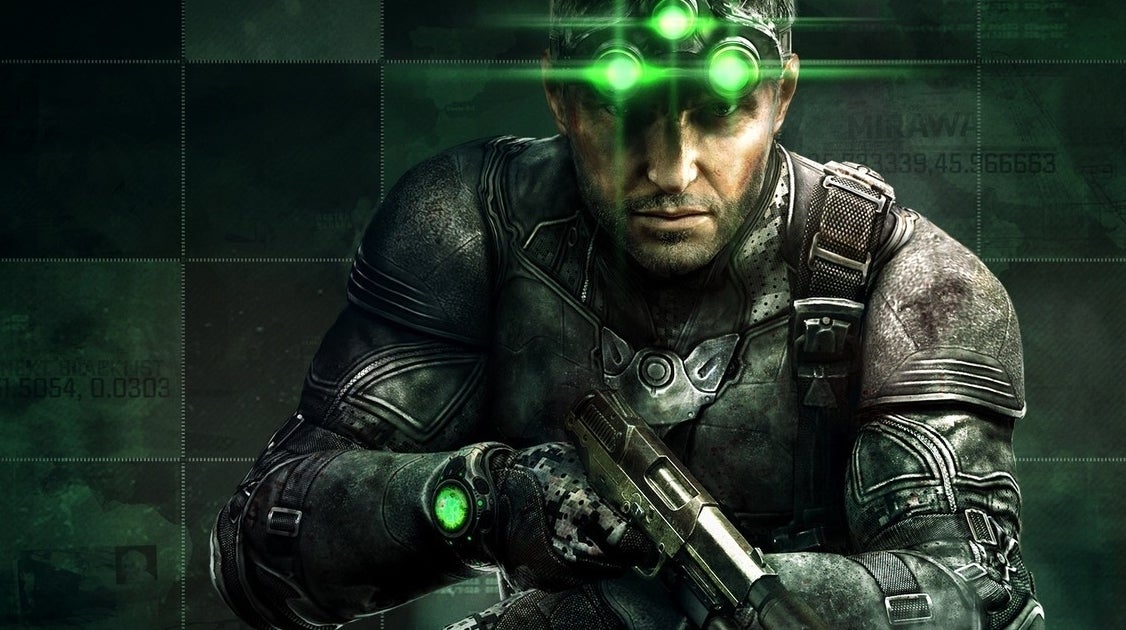Three dots. Just three small green dots, formed neatly in a pyramid. Oh how I’ve longed for the lights to dim during a showcase and see those three dots fade into life on the screen, accompanied by a fizzing whir of improbable tech being powered up. Dear Splinter Cell, where the hell are you?
It’s been, in case you need reminding, coming up to six years since Sam Fisher’s last outing, the occasionally brilliant Blacklist – itself a course correction of sorts after 2010’s Conviction, which was itself a reboot of the reboot that never truly saw the light of day, the original Conviction being retooled significantly along the way. With a recent history as twisted as that, maybe it’s no small surprise Splinter Cell’s been away for so long.
Still, for all their problems – and there are problems aplenty – I kind of loved the brace of Splinter Cell games Ubisoft gave us during the latter half of the last generation. Conviction’s an odd one, but often gloriously so. It started life as a radical reinvention of the series, its extreme deviations from the formula partly coming about because of how its predecessor, Chaos Theory, felt in many ways a perfection of the systems laid out in the 2002 original. And so it presented hobo Sam Fisher, stripped of his gadgets but newly minted with the ability to throw plastic chairs at passers-by.
If you’ve ever sat through footage of the original Splinter Cell Conviction, you’ll doubtless be thankful it never came to pass. Looking more like a brawler than anything else (albeit one with elements of social stealth, which it shared with Assassin’s Creed which was being made elsewhere within Ubisoft’s Montreal studios at the time), it’s hard to imagine the uproar from traditional fans that would have met its release. How Ubisoft retooled that into the Conviction we got to play in 2010 remains one of its finest achievements.
